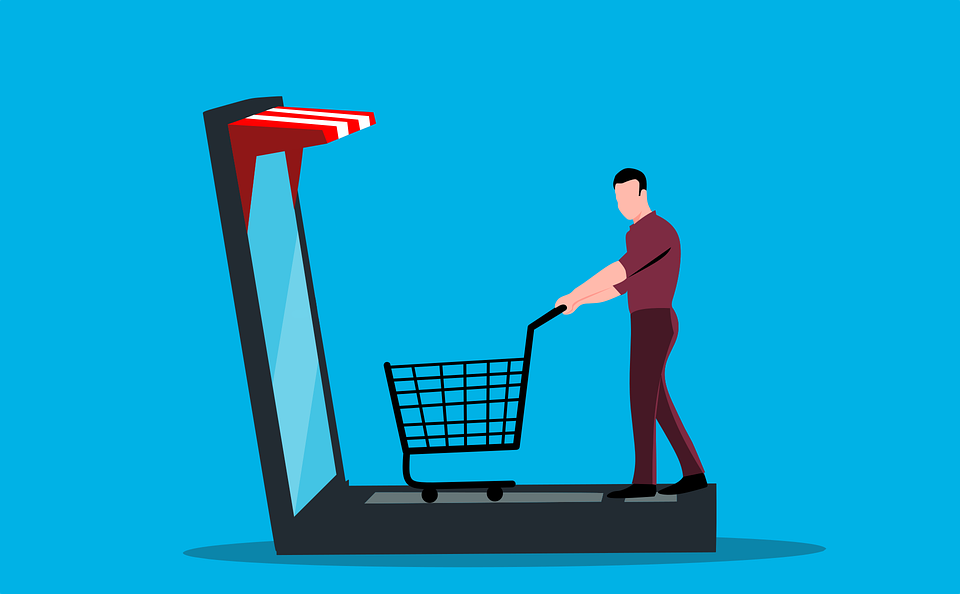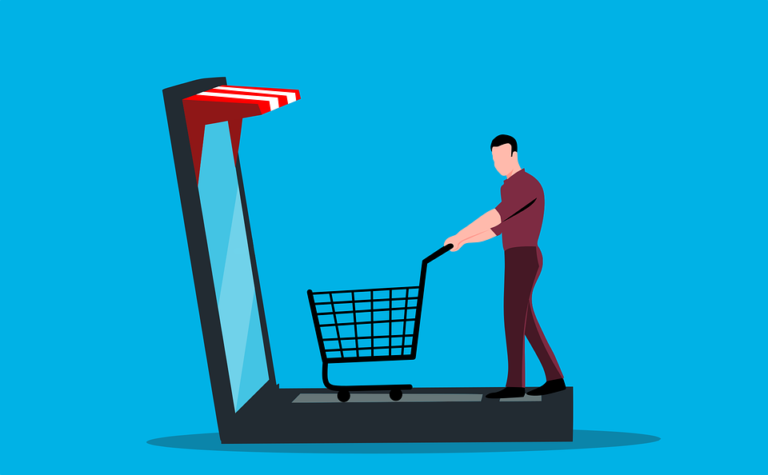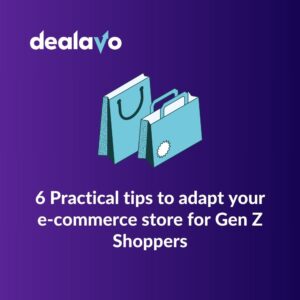
6 Practical Tips to Adapt Your Ecommerce Store for Gen Z Shoppers
- 17 February 2025
Welcome to Gen Z eCommerce! It is the era of the largest and most impactful buying generation in online sales history—Generation Z, dubbed Gen Z or more rarely referred to as Zoomers. Currently, this demographic unit accounts for the fourth (25%) of the population. It also possesses the fastest-growing spending power, projected to reach $12 trillion by 2030.
But who is the Gen Z customer? And how can you step into the future of eCommerce, where Gen Z-ers are taking charge and driving change?
This article rolls this all out section by section. First, let’s understand Gen Z consumers’ behavioral traits on the online shopping playground. After that, we’ll help you optimize your e-store for younger customers to meet their unique needs and expectations and, ultimately, boost eCommerce sales.
Who Are Gen Z Customers in Ecommerce, and What Do They Shop for Online?
Demographically, Gen Z buyers are a market segment born between 1997 and 2012 (today, they are aged 13 to 28).
They enjoy buying goods at brick-and-mortars or malls just as much as at e-shops. But if they could choose freely, half of Gen Z consumers would prefer an eCommerce store to a physical one. Yet, it still depends on the product category.
The top three product categories they traditionally shop for online are:
- Fashion and apparel
- Entertainment
- Electronics
On the other hand, Gen Z-ers majorly shop in person across these sectors:
- Pharmaceutical industry
- Groceries
- Home and Garden
Key Factors Determining Gen Z Online Shopping Behavior
Here are the most powerful drivers of Gen Z buying habits and preferences.
They seek affordable products yet have different payability levels.
Affordability is the second most significant factor after product quality in driving purchase decisions among Generation Z. It is critical for 62% of Gen Z consumers.
However, some can afford more expensive goods than others. Here’s why. Gen Z-ers, comprising one demographic cohort, belong to two sub-segments with different spending potential based on income:
- Lower payability → Non-working students and the unemployed
- Higher payability → Working students and the employed
Although both categories aren’t in their top-spending years yet, you can’t discard this aspect when adapting your e-store for younger customers. One possible way to count it in is by offering dynamic pricing on your eCommerce site. For that, consider Dealavo, one of the best pricing software for brands and retailers selling online.
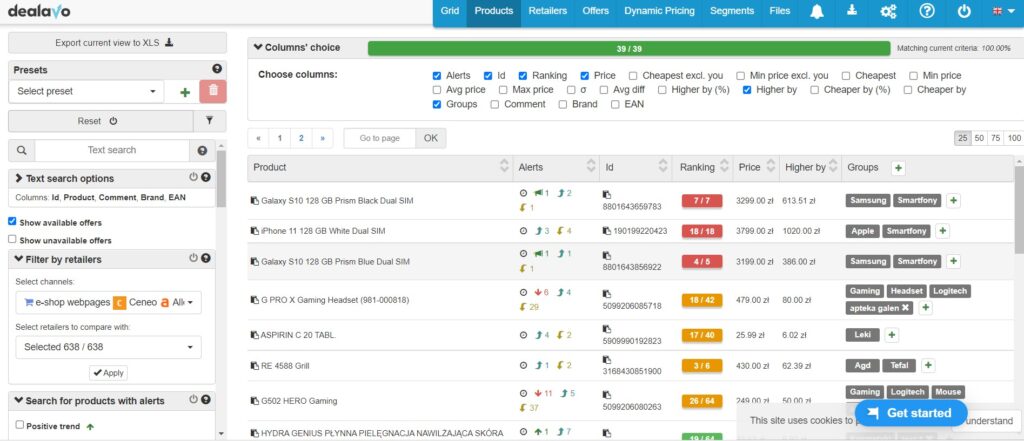
They crave innovation and interactivity.
If you want to prepare your eCommerce website for Generation Z properly, it’s not enough to go mobile-first for successful m-commerce, even though 74% of Gen Z shoppers discover and buy products via smartphones and other mobile devices.
Mind: You deal with “screenagers” who have digital DNAs. Colloquially known as iGen, or the internet generation, raised by screens and fed by social media, Gen Z customers don’t surf the web; they own it and dictate the rules. They don’t adjust to innovative technology; the latter adapts to them. They also anticipate more groundbreaking, interactive, and immersive digital shopping.
They opt for more sustainable shopping.
Actually, sustainability is so critical for Generation Z that 62% prefer to buy from eco-friendly brands, and 73% would even pay more for sustainable products.
Here’s what they prioritize most when browsing e-stores and looking for sustainability in eCommerce:
- Clear corporate statements (“Sustainability” or “Our Environmental Impact” pages)
- Eco-labels and certifications
- “Greener” partners
- Biodegradable packaging materials
- Carbon-neutral shipping
- Circular economy features (buy-back or resale programs)
Regarding the latter, it has given rise to the waves of returning or reselling pre-owned items in Gen Z eCommerce. To mention a few cases, these are “Nike Refurbished” and “Worn Wear” programs at Nike and Patagonia, respectively.

They are sale-hunters with a strong sentiment toward holidays.
Generation Z is also price-conscious and prone to the fear of overspending. That’s why they typically keep their wallets on standby, waiting for seasonal sales across e-stores. In fact, 71% would wait for products to be on sale and are more likely to browse end-of-season deals.
Moreover, Gen Z shoppers drive sales spikes on eCommerce websites while hunting for online promos dedicated to holidays.
For example:
Look at these holiday-spending changes among Gen Z buyers in the US from 2023– 2024, with Black Friday leading the pack of the most popular holidays.
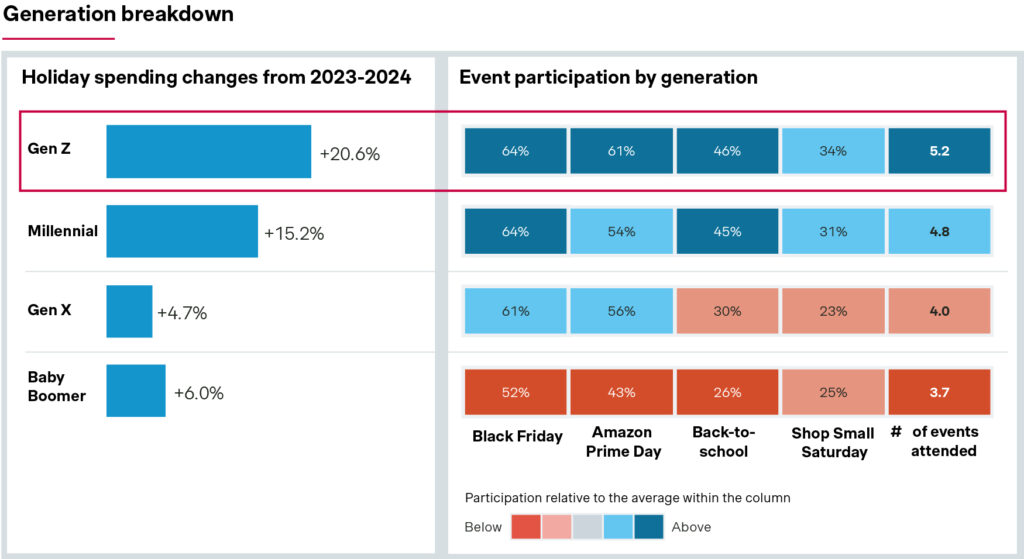
6 Best Strategies for Adapting Your E-Store for Generation Z
Add more interactive content.
Begin with interactivity and engage Gen Z customers with popping-up animations and more radical tech like augmented reality.
Animated pop-ups
Some fun and engaging ideas may be as follows:
- Spin-the-wheel giveaway
- Quiz
- Mini-game
- Scratch-card discount
- Flying paper plane with a free shipping offer
- Floating UFO coupon code
Maya Kirianova, Marketing Associate at Mito Red Light Therapy, is a die-hard advocate for interactive, animated lead magnets like these. She explains, “A dynamic lead magnet will not only capture the Gen Z attention but also collect their email addresses on your eCommerce website. It’s a double-win strategy for boosting both Gen Z engagement and signups. Plus, you can brand your lead magnets for higher memorability.”
Augmented reality (AR)
What if we told you that nearly every Gen-Z customer (92%) wants to use AR for online shopping?
That’s why brands are jumping on this eCommerce trend to engage Generation Z shoppers more effectively.
For example:
Foot Locker launched an AR scavenger hunt to conquer younger audiences via an immersive mobile shopping experience.
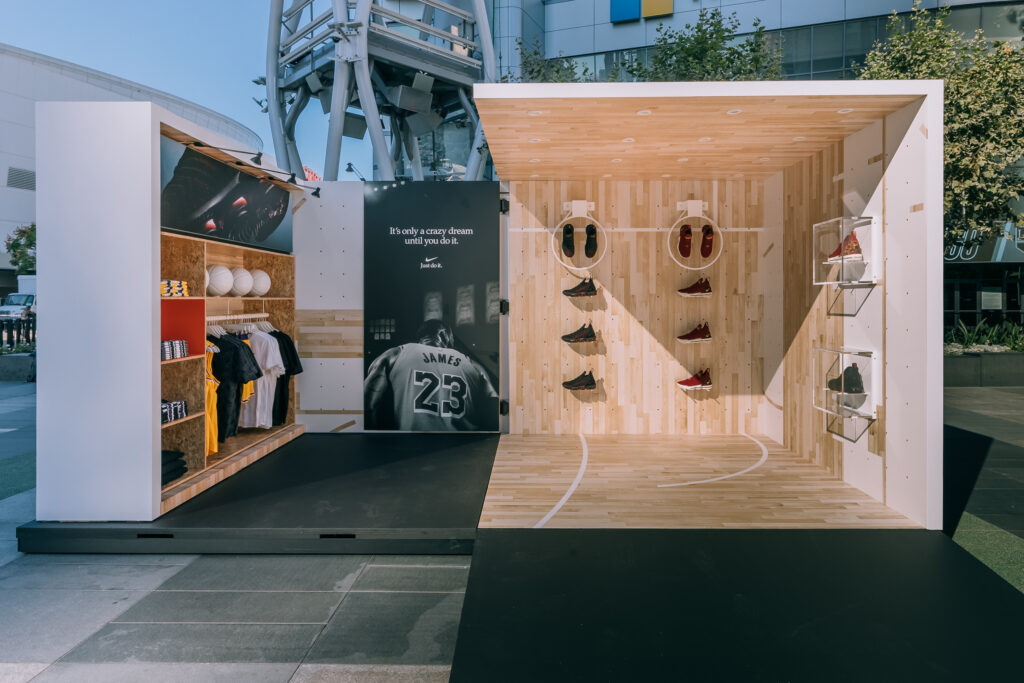
Prepare relevant promo pages.
Now, how about creating special landing pages with targeted promos for college or school students? This way, you’ll have a splendid chance to delve deeper into Gen Z market segmentation and target a narrower (yet super-active!) audience of youngsters.
Let’s look at several examples of promotional pages with eCommerce marketing for Gen Z aged 13–20 (school and college years).
Back-to-school deals
For example:
Take a glimpse of this July’s “Back to School” promo at Novelship in 2024.
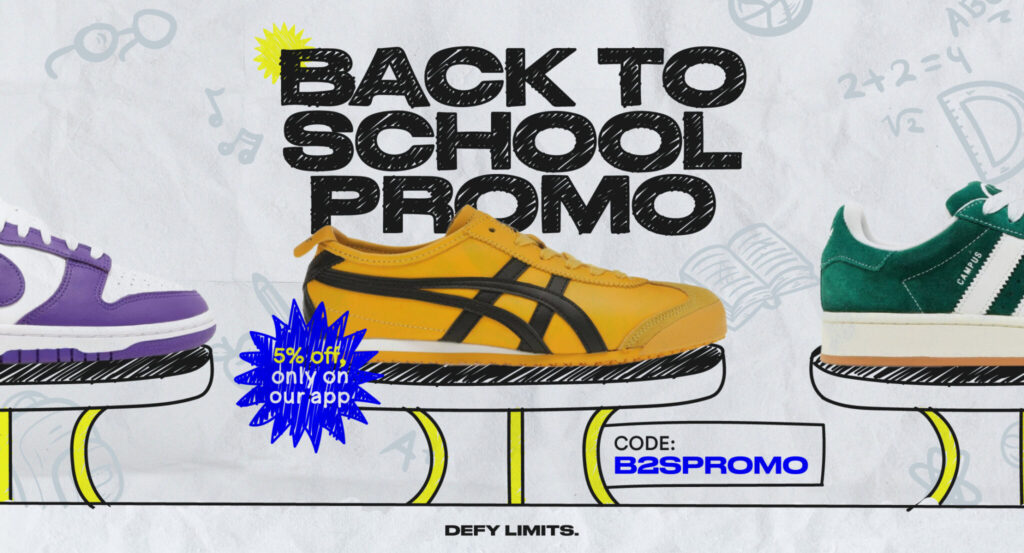
Year-round discounts for students
For example:
A Polish online retailer of computer electronics, x-kom.pl, created a special landing page with discounts on Apple Macs for studying.

Pro tip: Implement a dynamic repricing strategy on such pages to make your promotions even more attractive for Zoomers year over year.
Sync with Gen Z-ers’ values.
Are you staying on the same wavelength as younger eCommerce buyers in terms of value-based shopping?
If not, you must synchronize with their moral compass, including fundamental beliefs and ethics like these:
- Eco-consciousness
- Authenticity and transparency
- Health and beauty (healthy eating habits, fitness, and self-care)
- Societal impact (charity, donation)
- Pet-friendliness
- Innovation
For Peter Čuček, Owner of Tuuli, the homepage is the “key reflector of your moral code signal to Gen Z.” That said, he claims, “It’s necessary to optimize your eCommerce homepage design with value-driven products, images, and texts to make a more resonant emotional appeal to Gen Z online shoppers.”
For example:
The Tuuli Shop homepage reflects a blend of sustainability (natural wooden materials) and innovation (modern functionality) values with the tagline, “Where Nature Meets Innovation.”
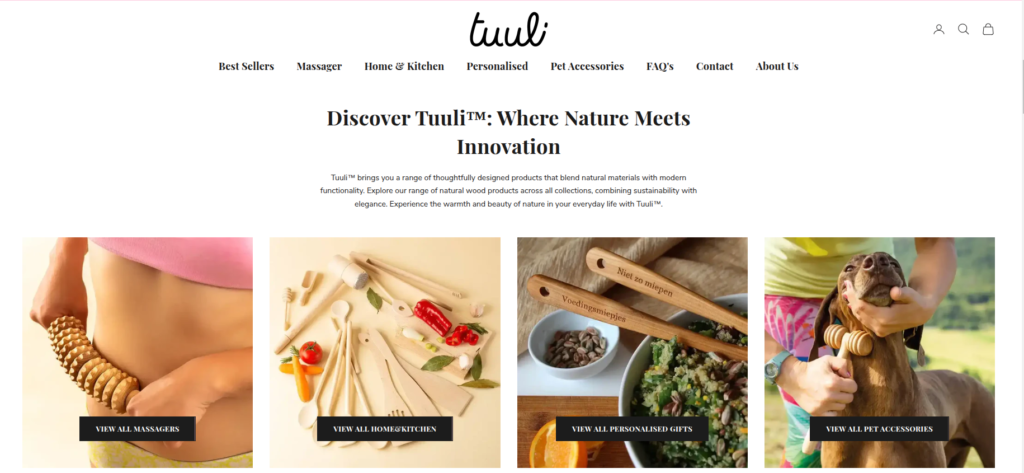
Leverage social proof.
Younger generations (Generation Z and Millennials) demonstrate a particular interest in other customers’ behaviors and opinions. So, when optimizing your eCommerce website for Gen Z, add social proof to grow sales.
Here’s how.
Customer reviews
As prices rise, 63% of Gen Z consumers heavily rely on online reviews when choosing products or services.
According to Murtaza Oklu, Owner of OMO Transfer, “It’s better to place customer reviews with pictures or videos on the homepage if you want to convert Gen Z leads into buyers on your eCommerce store. Visuals create an additional impact on the digitally savvy audience keen on eye-witnessing the socially approved item in action rather than reading about it.”
For example:
OMO Transfer’s homepage contains real-life photos and accompanying textual reviews from DTF transfer customers.
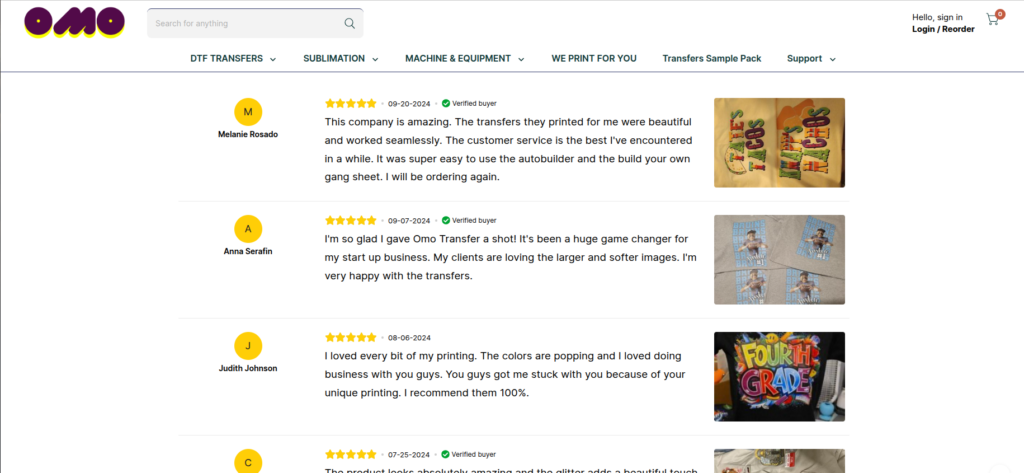
Star ratings and trust badges (seals)
Stars from the Google Star Rating system, TrustPilot, or other review sites and trust badges (quality certificates or security seals) can likewise help you enhance social proof on your e-store.
For example:
See how an online sports shop, Adrenaline.pl, embedded customer stars from TrustMate, product quality diplomas, and certificates on the homepage.
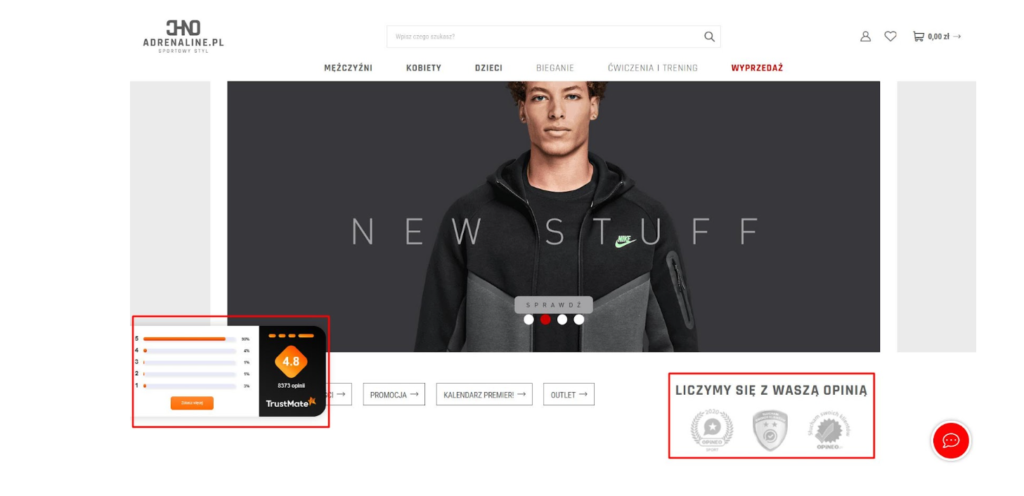
Personalize and lead them by hand.
Who wouldn’t like a super-personalized, “special-for-you” product or service?!
It’s a default customer expectation, disregarding the age. However, when it comes to younger shoppers, 58% are even ready to pay more for personalized products and services.
Not to mention that personalization is a major driver of customer retention in eCommerce. In the words of John Grant, Founder & CEO of Premier Bidets, the customer loyalty formula goes like this: “The more personalized experiences—the more loyal customers—the more purchases.” He adds, “You can improve your e-store for Gen Z specifically and personalize their shopping experiences with a product recommendation quiz. It will help you guide them toward an ideal variant as if by hand.”
For example:
That’s what the Premier Bidets team does with the following bidet-finder quiz: “Which bidet is right for me?”
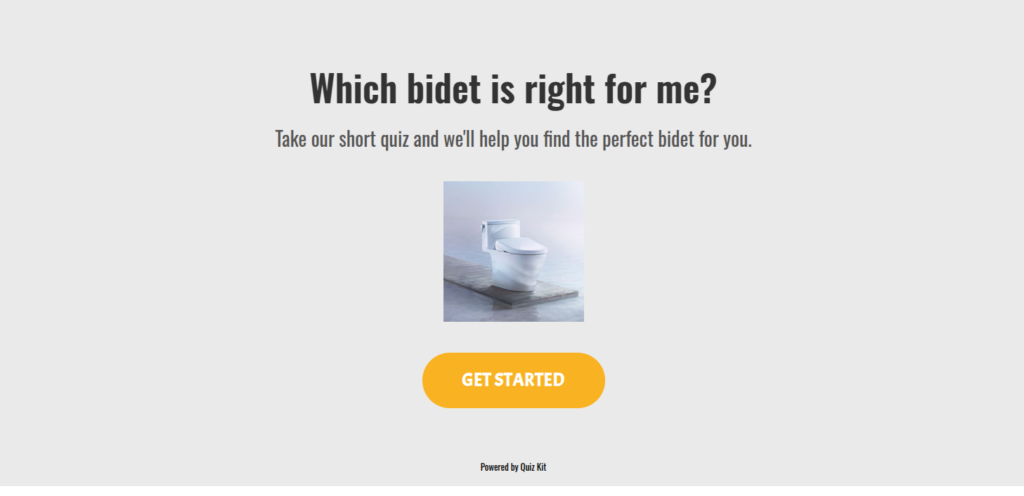
Sometimes, you’ll also need to address Gen Z individual concerns at turbulent times in your e-store (let’s say, a lost or missing package or return). Think about an AI chatbot for simpler inquiries and a human contact center to solve more complicated problems.
Offer more diverse and convenient payment options.
Statista found that roughly half of Gen Z-ers expect more frictionless payments on eCommerce sites.
Let’s enumerate the most popular payment methods:
- Credit/debit card
- Bank transfer
- PayPal
- Apple Pay
- Google Pay
- Stripe
Brooke Webber, Head of Marketing at Ninja Patches, also highlights the significance of more advanced and flexible payment solutions. She remarks, “Ecommerce brands and retailers can’t overlook Buy-Now-Pay-Later (BNPL) options, like Afterpay, Sezzle, or Klarna, when preparing an e-store for Gen Z buyers.”
For example:
While running the eCommerce store on Shopify, Ninja Patches enabled ShopPay and other BNPL payment methods for express checkout when ordering custom patches.
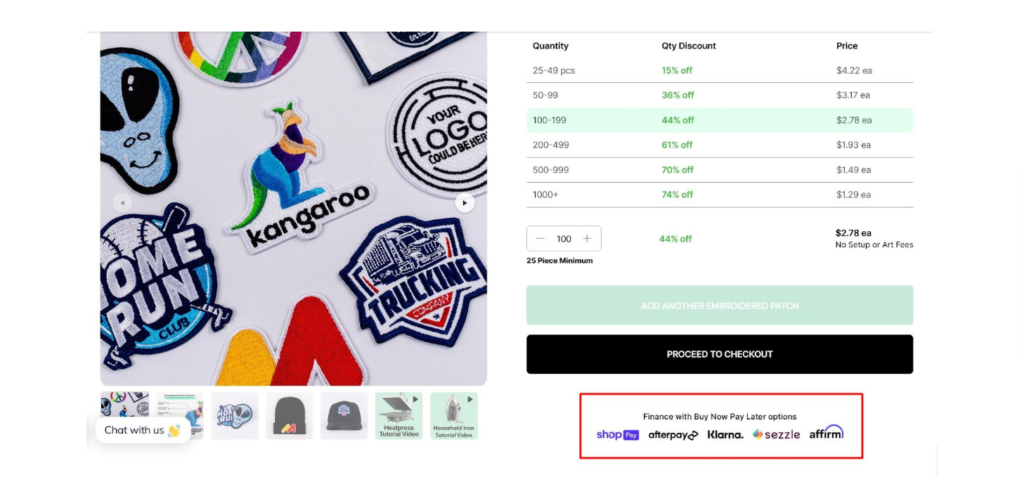
Similarly, there’s an Amazon Pay method for smoother online payments on the platform.
“Moreover,” Brooke Webber adds, “As a tech-savvy demographic group, the younger generation is more open to crypto payments with cryptocurrencies, such as Bitcoin or Ethereum.”
Final Word on Making Your Ecommerce Store Gen-Z Ready
Let’s admit it—Generation Z is reshaping the online shopping game and the future of eCommerce. The good news? If you adequately optimize your e-store and make sure it is “vibing” with Gen Z-ers, these young change-makers will flood in and remain your loyal brand fans forever.
Also, remember to monitor and adjust your prices regularly. Try Dealavo and boost your eCommerce performance with dynamic pricing for every customer generation, not only Generation Z.
